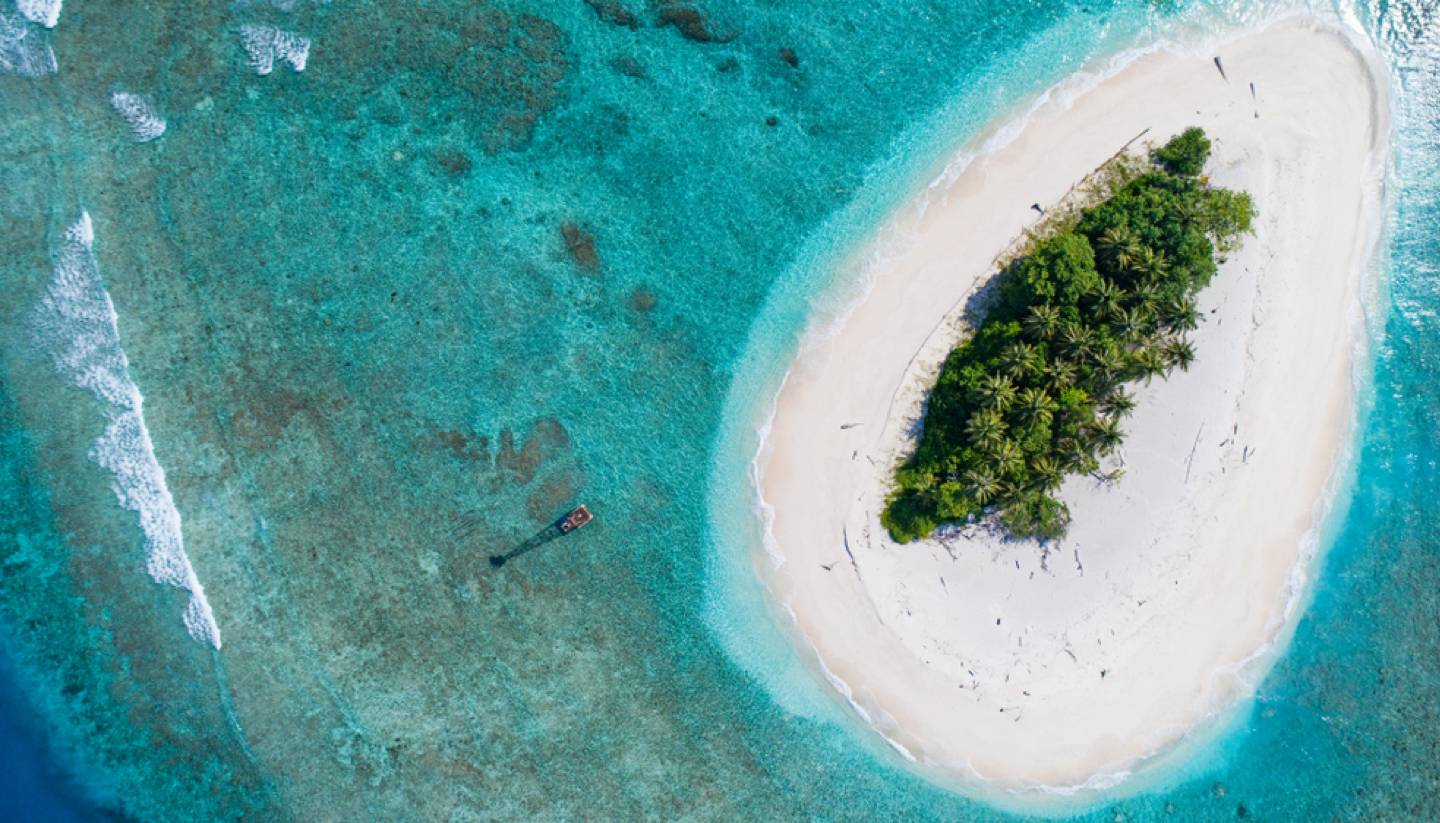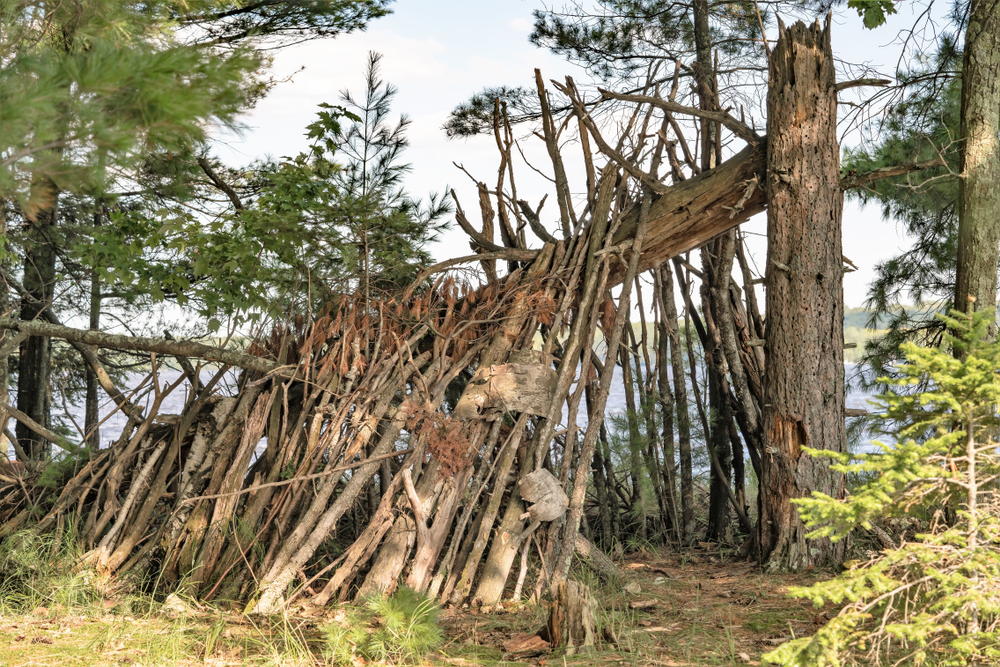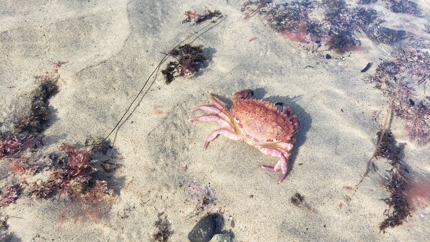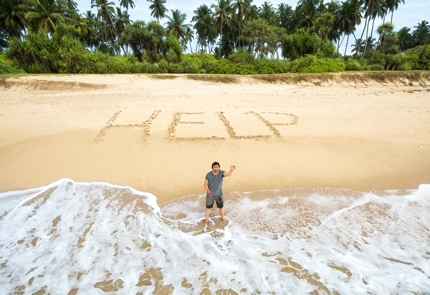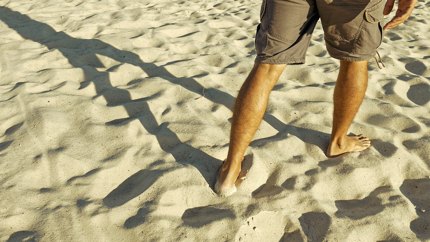Far from just Hollywood fantasy, people have been stranded on desert islands with some living to tell the tale
Picture this: One moment, you’re comfortably aboard a plane or boat, perhaps sipping on a drink, and the next, you’re washed up on a deserted shore with nothing but the clothes on your back and the sound of waves crashing around you. While it may seem like the stuff of Hollywood movies (Cast Away, anyone?), history tells us that people do get stranded on uninhabited islands. Scottish privateer Alexander Selkirk famously survived nearly five years alone in the Pacific in the early 1700s, and in April 2024, three mariners were rescued from Pikelot Island in the western Pacific after being stranded for over a week. They had spelt out ‘HELP’ using palm fronds on the beach, which was spotted by a U.S. Navy aircraft.
If you ever find yourself in such a predicament, the good news is that your survival instincts will likely kick in. The better news? This guide will give you a head start.
The immediate aftermath: Staying calm and assessing the situation
Panic is your worst enemy. Take a deep breath. Your heart might be pounding, but you need to focus. First, assess your situation. Are you alone? Are there others in need of help? If you find survivors, tend to their wounds using whatever materials you have—clothing makes a decent bandage, and straight branches can work as splints.
Next, scan the wreckage. Anything can be useful. Plastic bottles for water, metal scraps for tools, even a stray piece of fabric could become a lifesaver. Most importantly, if you find something that can start a fire, guard it like treasure.
Finding water: Your top priority
The human body is a fickle machine—it can last weeks without food but only a few days without water. Look inland for a stream or a small pool of fresh water. If you spot birds or insects hovering in one area, chances are there’s water nearby. No luck? Start collecting rainwater. Large leaves, empty shells, even your own clothing can be used to catch and store it. If you’re surrounded by salt water, don’t be discouraged—build a solar still by digging a hole, placing a container in the centre, and covering it with plastic. As the sun heats the air, water will evaporate, condense, and drip into your container. Science saves the day.
Check out this video on how to make a solar still from MythBusters below.
Building a shelter: Protection from the elements
You don’t want to be caught out in the open when night falls. A simple lean-to is your best bet: find a sturdy branch, wedge it between two trees, and cover it with leaves, grass, or whatever you can find. If the weather looks ominous, pile on more insulation—staying dry is just as important as staying warm. If you’re lucky enough to find a cave, check for unwanted tenants before settling in. No one likes a surprise snake for a roommate.
Starting a fire: Your lifeline
Fire isn’t just for warmth—it’s your best chance at cooking food, purifying water, and signalling for help. If you don’t have matches, friction is your next best friend. Find a dry piece of wood, carve a groove, and rub a thinner stick rapidly along it. It takes patience, but when you see that first ember glow, it’s worth every drop of sweat. Blow gently on the embers, feed them dry leaves, and before you know it, you’ll have a fire roaring.
Finding food: What’s safe to eat?
The ocean is your buffet—fish, crabs, and shellfish can provide the protein you need. Look in tide pools for easy catches. Seaweed can be a great source of nutrients, but not all types are safe to eat. Stick to varieties that are commonly known to be edible, such as nori, kelp, dulse, and wakame. Avoid seaweed that is brightly coloured, slimy, or has an unusual smell, as some species can be toxic or cause digestive issues.
On land, keep an eye out for coconuts, bananas, or anything that looks remotely familiar. If desperation sets in and you need to test an unknown plant, go slow: rub a small piece on your skin, then lips, then tongue. If at any stage you feel a burning or tingling sensation, spit it out immediately. Nature’s version of Russian roulette is not a game you want to play.
And if you do find coconuts—crack them open with a rock. But fair warning, you might end up looking like a complete lunatic, bashing away at it for twenty minutes before it finally gives in.
Getting rescued: Making yourself visible
You’re not just surviving—you want to be found. Three is the magic number: three fires, three shouts, three whistle blasts. It’s the universal distress signal. If you have anything reflective, like a mirror or even a shiny piece of metal, use it to flash sunlight towards passing planes or ships. Carve “HELP” into the sand in the biggest letters you can manage. The bigger, the better. Smoke signals work too—green leaves on a fire create thick, billowing smoke visible from miles away.
Keeping yourself sane: Mental survival strategies
Survival isn’t just about food and shelter—it’s also about keeping your mind intact. Time passes differently when you’re alone, and loneliness can creep in fast. Set a daily routine: gather food, check your shelter, tend the fire. Keep yourself occupied. If you need company, do what Tom Hanks did in the movie Cast Away—find a friend, even if it’s a coconut with a face drawn on it. It sounds ridiculous, but it helps. Some survivors have kept their sanity by meditating, singing, or even talking to an imaginary companion. Whatever works, do it.
Final thoughts: Your survival mindset
The key to survival is about the will to keep going. Every moment you endure increases your chances of rescue. Stay calm, stay sharp, and above all, never lose hope. Others have survived before. So can you.
This article was updated in January 2025.
